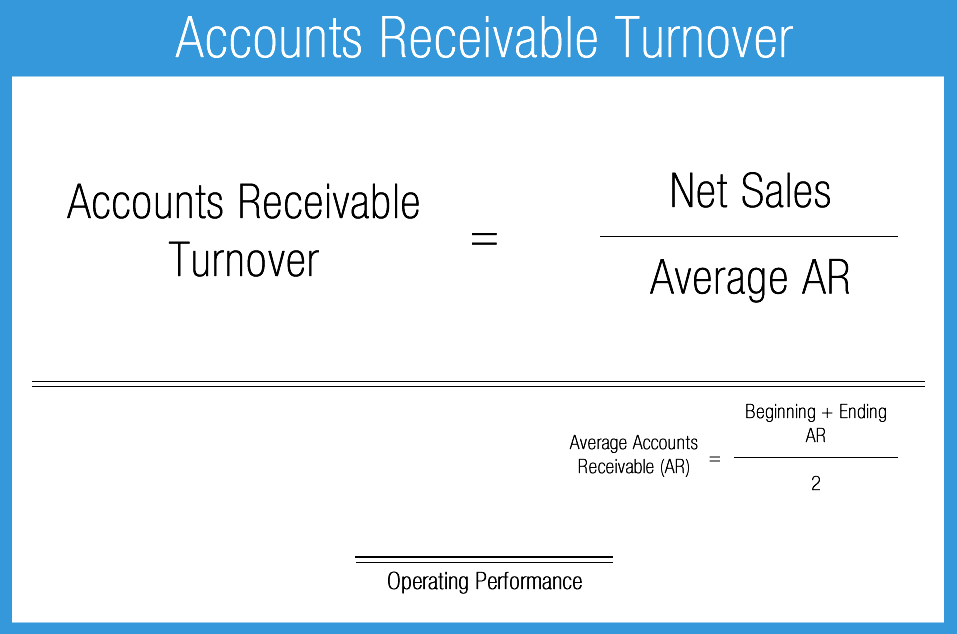Chapter 5 Information for decision making

These costs change in the future as a direct cause of that management decision. In other words, relevant costs are those costs that experience some change, whether negative or positive, because of a decision that management makes. The C/S ratio shows how much contribution is earned per $1 of sales revenue earned. Since costs and sales revenues are linear functions, the C/S ratio is constant at all levels of output and sales.
For example, when deciding to purchase a necessary product for a business, adding any costs will increase overall expenses for this business decision. Companies will want to avoid mistakenly adding an irrelevant cost that incorrectly inflates relevant costs. This way, the business will make decisions that reflect financial information that is only applicable to the given situation.
What is an Irrelevant Cost?
Reading from the graph, the breakeven point is 3,000 units of sale and $18,000 in sales revenue. D) As the volume of activity increases, there will be an increase in total profits (or a reduction in losses) equal to the total revenue minus the total extra variable costs. Calculating relevant costs can be complex, especially when dealing with manufacturing processes involving multiple products and services. There may be many different variables to consider, and it may be challenging to determine how they all interact.

In that case, the cost of the warehouse which stores the production unit is avoidable because you can sell the warehouse. Relevant costs are those costs that will be incurred as a result of a decision and thus should be considered when making that decision. The manufacturer cannot recover the cost of the equipment and should not factor it into future decision-making processes.
Changes in Labor Costs
When manufacturers are faced with the decision of whether to outsource or keep production in-house, relevant costs play a critical role. Regulatory compliance costs are another relevant cost in manufacturing that can vary between different industries. For example, the pharmaceutical industry’s regulatory compliance cost may differ from the construction industry’s. The complexity and stringency of regulations, as well as the size and scope of the industry, can impact the cost of regulatory compliance. To provide a detailed example of relevant costs in manufacturing, let’s consider a scenario where a manufacturer decides whether to produce a new product. Sunk costs are costs that have already been incurred and cannot be recovered.
Gulf Island Reports Second Quarter 2023 Results – GlobeNewswire
Gulf Island Reports Second Quarter 2023 Results.
Posted: Tue, 08 Aug 2023 20:05:27 GMT [source]
D) Forecasting of the incremental costs and benefits of each alternative course of action. Avoidable costs can be eliminated if a particular course of action is not taken or if any department is closed. For example, suppose an organisation chooses to complete a production line.
When Should Manufacturers Consider Relevant Costs When Making Decisions?
By identifying and analyzing the relevant costs of each option, the manufacturer can make a more informed decision about which course of action to take. Additionally, we will discuss how changes in market conditions can impact relevant costs and technology’s role in identifying and analyzing relevant costs. We will also examine how relevant costs vary between different manufacturing industries and how they impact a manufacturer’s decision to outsource or keep production in-house.
This can help them make more accurate and effective decisions aligning with their goals and objectives. That means that a relevant cost is one that we will incur in the future as a direct result of a management decision. A relevant cost is any cost that can be avoided adjusted when a business is in the decision-making process.
Guest post: How Ukraine could emerge from war as a climate leader – Carbon Brief
Guest post: How Ukraine could emerge from war as a climate leader.
Posted: Tue, 08 Aug 2023 12:18:41 GMT [source]
Any cost or revenue that does not differ between alternatives is called irrelevant cost and should be ignored in decision-making. The cost of raw materials is a relevant cost in manufacturing, and it can vary significantly between different industries. For example, the cost of raw materials for the automotive industry may differ from the cost of raw materials for the food processing industry. The availability of raw materials and the complexity of the manufacturing process can also impact the cost of raw materials. The responsibility of identifying and analyzing relevant costs in manufacturing falls on several stakeholders within the organization. These stakeholders include managers, accountants, and financial analysts.
Key terms
It is important to remember that, though a cost may irrelevant for one management decision, it may be relevant for other management decisions. It’s important to note that the relevant costs may vary depending on the specific situation. For example, if the manufacturer already has excess raw material and labor capacity, the raw materials and labor costs may be lower. Alternatively, if the manufacturer needs to invest in new equipment to produce the new product, the relevant costs would include the cost of the new equipment. In manufacturing, relevant cost refers to the costs that directly impact a business decision. This can include costs related to materials, labor, overhead and any other expenses that would be affected by a specific course of action.
- Relevant cost is a managerial accounting term that describes avoidable costs that are incurred only when making specific business decisions.
- For example, a company’s total cost increases from $2,20,000 to $2,40,000 due to increasing the production unit.
- In this blog post, we will provide a comprehensive explanation of relevant costs in manufacturing.
- The variable cost per unit produced is estimated at $1.20 and additional annual fixed costs that would be incurred if the Pip were manufactured are estimated at $20,800.
- The cost of equipment and machinery is another relevant cost in manufacturing that can vary between different industries.
Shutdown decisions often involve long term considerations, and capital expenditures and revenues. B) Indicate the level of production required that would make Goya Manufacturing Ltd. decide in favour of manufacturing the Pip itself. D) Decisions that will affect the cost structure and production capacity of the company. C) The objective of decision making in the short run is to maximise ‘satisfaction’, which is often known as ‘short-term profit’. Similarly, if the expense is inescapable in nature and must be incurred regardless of whether the investment generates profit or loss, it does not qualify as a significant cost. The Pip, a component used by Goya Manufacturing Ltd., is incorporated into a number of its completed products.
E) Employees affected by the closure must be made redundant or relocated, perhaps even offered early retirement. There will be lump sums payments involved which must be taken into consideration. For example, suppose closure of a regional office results in annual savings of $100,000, fixed assets sold off for $2 million, but redundancy payments would be $3 million. The shutdown decision would involve an assessment of the net capital cost of closure ($1 million) against the annual benefits ($100,000 per annum). C) A shutdown should result in savings in annual operating costs for a number of years in the future. B) If the decision is to shut down, whether the closure should be permanent or temporary.
- A ‘quantitative’ decision, on the other hand, is possible when the various factors, and relationships between them, are measurable.
- Relevant costs are costs that are relevant to short term decisions, or one-off decisions, and we’ll be looking at some of the key features of relevant costs.
- Technology has enabled manufacturers to collect and analyze large amounts of data quickly and efficiently.
- Manufacturers may need to adjust their pricing strategy or find ways to differentiate their products to maintain profitability.
Relevant costs differ between two or more alternatives being considered by a manufacturer, and they are important in determining the true cost of a product or service. A) The relevant costs are the differential costs between making and buying. They consist of differences in unit variable costs plus differences in directly attributable fixed costs.
Elements of a decision
Relevant and irrelevant costs are not represented on a company’s cash flows and are not used for accounting purposes. Business owners and decision-makers like to reflect on relevant costs when considering pending important decisions. Costs are categorized relevant cost meaning as either relevant or irrelevant for the purpose of managerial decisions. While relevant costs can change as a result of the decision reached by managers, irrelevant costs remain unchanged regardless of the decision that is reached.

By analyzing the relevant costs, manufacturers can determine if outsourcing is a financially viable option that will result in increased profitability. A special order occurs when a customer places an order near the end of the month, and prior sales have already covered the fixed cost of production for the month. If a client wants a price quote for a special order, management only considers the variable costs to produce the goods, specifically material and labor costs. Fixed costs, such as a factory lease or manager salaries, are irrelevant because the firm has already paid for those costs with prior sales. This allows manufacturers to analyze the impact of changes in relevant costs, such as raw material prices or labor costs, before making decisions that can impact their bottom line.
